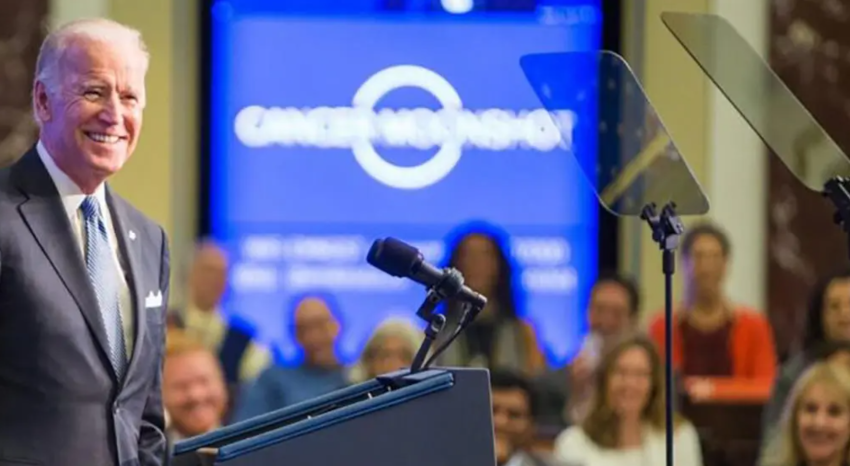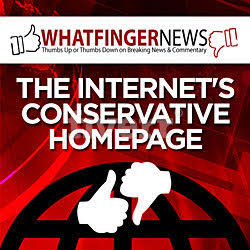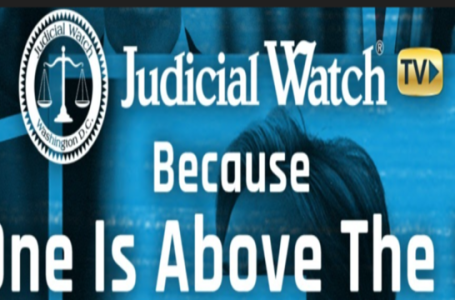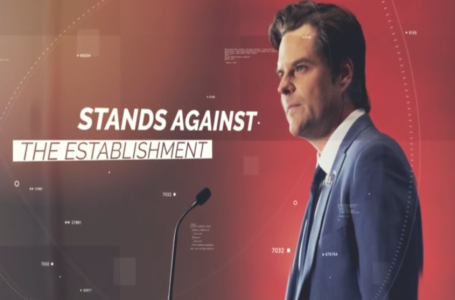‘It is going to be a bad one’: Dire recession warning after inflation stats

Photo – milliondollarknowledge.com
by Zachary Halaschak, Economics Reporter | September 13, 2022
August’s consumer price index report is raising fears that inflation is more entrenched than previously thought, and the Federal Reserve is expected to respond with larger interest rate hikes, raising the risk of recession much higher.
Inflation ticked down to 8.3% for the 12 months ending in August, according to the CPI — a number that is higher than economists had expected. On a monthly basis, prices increased by 0.1%, while the consensus was that they would decrease.
The shockwaves were felt immediately. Investors began selling off assets as they bet on a recession that would send stocks even lower.
As of midday on Tuesday, the Dow Jones Industrial Average was down as much as 900 points, or nearly 3%. The tech-heavy Nasdaq plummeted by about 3.8%, and the S&P 500 was down by nearly 3%.
RECESSION AHEAD? FOUR TRADITIONAL INDICATORS — AND FOUR WEIRD ONES
The news all but sealed the deal for another massive 75-basis-point interest rate hike by the Fed. The central bank raises rates in order to slow demand and thus drive down inflation, and this year, it has embarked upon a historic tightening cycle.
Before the smoldering CPI report, investors had differing opinions about whether the Fed would opt for another 75-basis-point hike or do a half-percentage-point hike at its meeting this week. Now, though, the question appears to be whether the Fed might go even higher.
Investors now see an 82% chance of a 75-basis-point hike and an 18% chance that the Fed, led by Chairman Jerome Powell, will go even further and raise rates by a whole percentage point at once, according to CME Group’s FedWatch tool, which calculates the probability using Fed fund futures contract prices.
The prospect of a 100-basis-point hike raised fears among investors that the economy is less likely to achieve a “soft landing” — that is, a decline in inflation without a major hit to commerce.
“It’s becoming more apparent to market participants that the amount of tightening from the Fed thus far has not been enough to cool the economy and bring down inflation. As a result, the Fed is likely going to need to bring the policy rate well above 4% to achieve their mandate of stable prices,” said Charlie Ripley, senior investment strategist for Allianz Investment Management.
Prior to Tuesday’s report, there appeared to be some hope that Powell could meaningfully bring down inflation without causing a recession. Many economists have said it will be a difficult feat for the Fed because it has had to hike rates more aggressively, given the hottest inflation in decades.
There have already been warning signs that the Fed is pushing the economy into recession territory.
The Bureau of Economic Analysis announced in a revised estimate that U.S. gross domestic product fell at a 0.6% annualized rate in the second quarter. That came after negative 1.6% GDP growth in the first quarter — bad news for the economy, as two quarters of negative GDP growth typically constitutes a recession in the minds of economists.
New home sales in July plummeted from the month before, dropping a whopping 12.6% last month to a seasonally adjusted annual rate of 511,000, according to a report from the Census Bureau.
Additionally, sales of existing homes plunged 5.9% in July, a sixth straight month of declines, according to a report from the National Association of Realtors. Existing home sales are down a hefty 20.2% from a year ago and have accelerated in recent months.
Still, the biggest factor propping up the economy and guarding against a recession has been the unexpectedly strong labor market.
Job growth has averaged 378,000 over the past three months, and the unemployment rate is also surprisingly low given the specter of a recession. While it recently inched up to a still-low 3.7%, it clocked in at a historic 3.5% in recent months — matching the ultralow level it was at right before the pandemic, when the economy was robust and growing.
All eyes will be on the Fed next week. In the meantime, the uncertainty surrounding the scale of the central bank’s next rate hike will likely cause markets to lurch as investors fear a broad-based economic downturn.
Complicating expectations of the Fed’s next moves is that under law, officials aren’t permitted to speak to the media in the days leading up to FOMC meetings. The current media blackout period began on Saturday and will last through the committee meeting set for Sept. 20 and 21.
Chris Zaccarelli, chief investment officer at Independent Advisor Alliance, said on Tuesday that the Fed might be forced to knock the economy so hard that the unemployment rate starts to rise, which would start pushing down inflation rippling through the economy.
CLICK HERE TO READ MORE FROM THE WASHINGTON EXAMINER
“If the Fed thought they were criticized too much by the previous administration (and they were), wait until they see the type of criticism they will be under as they deliberately create an economic scenario where unemployment jumps significantly,” said Zaccarelli.
“Not only are they going to end up causing a recession, but it is going to be a bad one,” he added.















